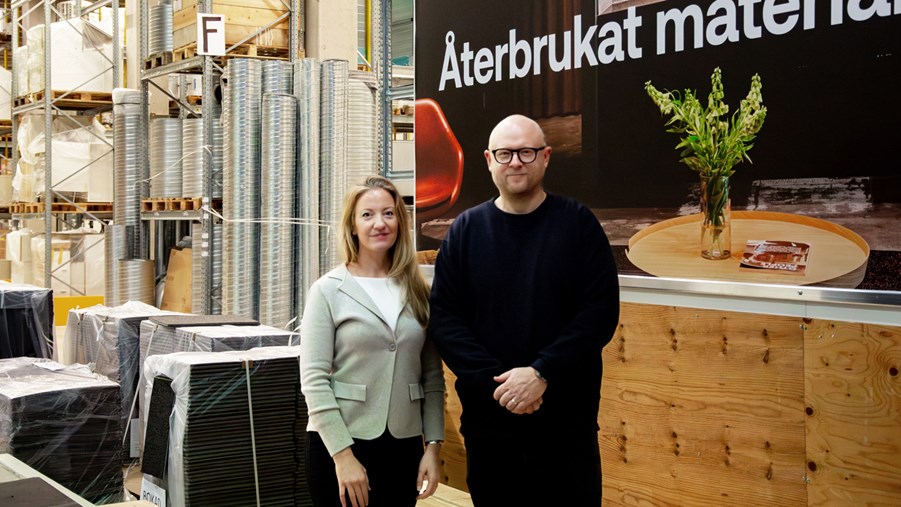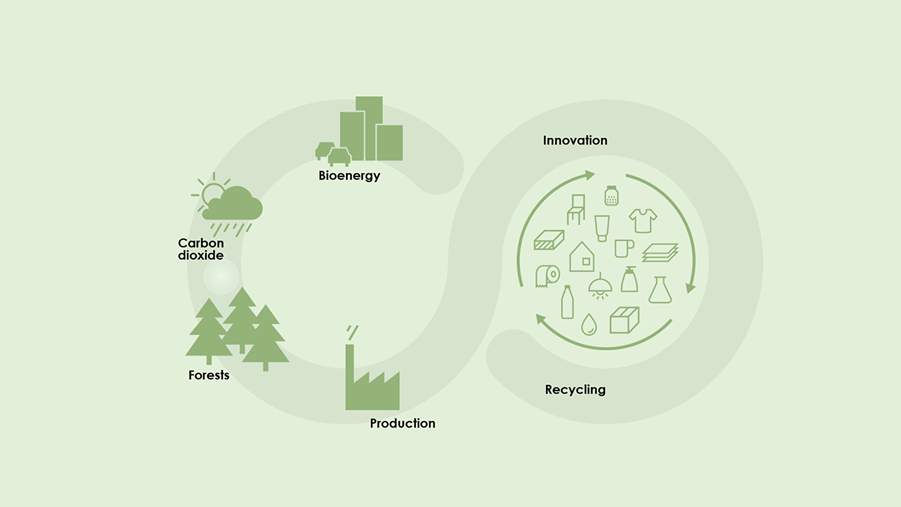
Swedish property company Fabege wants to significantly scale up the amount of materials the construction sector reuses, which is why the company has opened a reuse hub – a large, physical warehouse that exclusively stocks reused materials.
The approximately 2,000-square-metre warehouse in Stockholm is currently only used for Fabege projects. However, the reuse market is planned to be a reuse market for the entire property industry.
Hi Sandra Holmström, Sustainability Specialist at Fabege. What are the biggest challenges associated with reusing building materials?
“Getting everyone – from landlords and property managers to tenants and architects – to agree on an ambition level. It’s important to convey how the extent of a redevelopment affects its climate footprint – preserving existing structures and reusing building materials creates a significantly lower footprint compared to using new materials.
“Then you have to focus on which building materials are cost-effective to reuse and which provide substantial environmental benefits. You have to think about what quality requirements you have for reused materials, so that you don’t incur additional inventory costs or pay to dismantle things that aren’t used.”
How does the process for selling and buying reused materials work?
“Because we own properties that are also independent companies, transactions need to be conducted in such a way so that we don’t forfeit the right to deduct input VAT in property-owning companies. It’s become a rather complicated process, which should be made easier.”
What is Fabege’s view on whether reused materials should be classified as waste?
“Our view is based on a review conducted by the Swedish Association for Local Authorities and Regions (SALAR). According to Sweden’s Environmental Code and Waste Ordinance, it’s the owner’s intention that determines whether a material is waste or not, it has nothing to do with the condition or characteristics of a given material. So, if you have materials, it’s important that you’re careful about transparency and traceability and that you document all your reused materials.”


